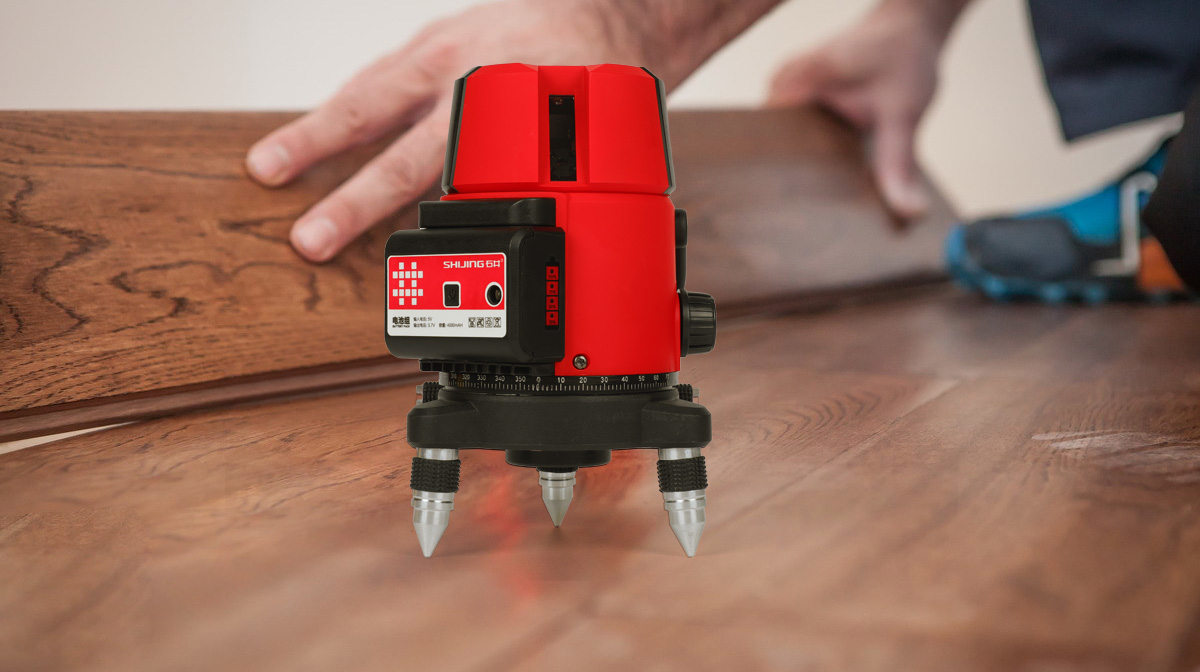You can learn the recent information of Shijing.

φ106 ceramic professional grade saw blade for cutting all kinds of tiles
φ110 marble and slate industrial grade brazing chip for cutting all kinds of mar...
φ130 ceramic and slate professional grade saw blade for cutting all kinds of til...
The P611 is a vacuum chuck with a pressure gauge and a vertical suction force of...
The P625A is an angular tension vacuum chuck that combines both angular and tens...
The 8111 is a mobile knee pad that protects the knee and increases the efficienc...
Our machine is equipped with a powerful M10 threaded angle grinder, complete wit...